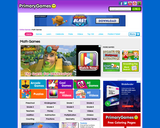
For this interactive, students destroy balls by forming pairs that add up to 10.
- Subject:
- Mathematics
- Material Type:
- Interactive
- Provider:
- Primary Games, Inc
- Author:
- Primary Games, Inc.
- Date Added:
- 02/26/2019

For this interactive, students destroy balls by forming pairs that add up to 10.
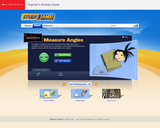
This interactive reinforces students' understanding of measuring angles by providing a step by step tutorial, key vocabulary, a karaoke song and a quiz.
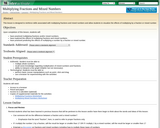
In this lesson, students will explore the effect of multiplying a whole number by a fraction or a mixed number.

In this video, two soloist from the New York City Ballet discuss what it's like to prepare for and dance the role of Odette/Odile.
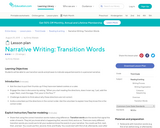
Students will be able to use transition words and phrases to indicate sequential events in a personal narrative.
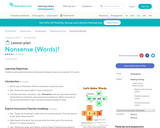
In this lesson, students will be able to build and distinguish between real and nonsense CVC words.
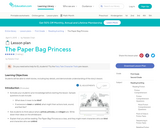
In this lesson, students will be able to develop listening comprehension and inferencing skills through dramatic role plays and writing.

In this worksheet activity, students study the pictures of a pair of unusual animals and make some guesses about what they are, where they live, and what they eat.

Students are provided with information and notice that the original three points given seem to be midpoints of the sides of a newly formed triangle. Their task is to determine how they would prove this conjecture? The mathematics task is intended to be a problem or question that encourages the use of mathematical practices. The dialogue is meant to show how students might engage in the mathematical practices as they work on the task.
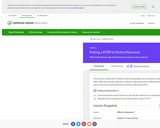
The internet is filled with all kinds of interesting people, but sometimes, some of them can be mean to each other. With this role play, help your students understand why it's often easier to be mean online than in person, and how to deal with online meanness when they see it.
Students will be able to:
Understand what online meanness can look like and how it can make people feel
Identify ways to respond to mean words online, using S-T-O-P

Students are figuring out what rational exponents are. The mathematics task is intended to be a problem or question that encourages the use of mathematical practices. The dialogue is meant to show how students might engage in the mathematical practices as they work on the task.

In this activity, students review the definition of rational numbers as ratios and as terminating and repeating decimals. They also examine the reciprocal property of rational numbers and operations with rational numbers.
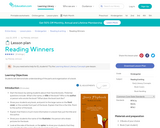
In this lesson, students recognize and comprehend the parts and organization of a book.

Students are are asked to find the dimensions of all rectangles whose area and perimeter have the same numerical value. The mathematics task is intended to be a problem or question that encourages the use of mathematical practices. The dialogue is meant to show how students might engage in the mathematical practices as they work on the task.
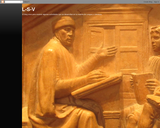
Students will understand the subtleties and stylistic features of texts on unfamiliar topics. Additionally, students will learn that Gustavo Adolfo Becquer, was a Spanish poet and writer best known for his Rhymes and Legends. Also, students will analyze Rhyme IV and will learn that in this poem, the poet sensed that poetry would never die as long as there is beauty and mystery in the world.
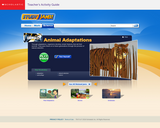
In this video, students learn that, through adaptation, organisms develop certain features that aid their survival. They pass these on to future generations through the process of natural selection.
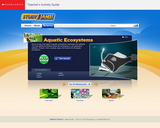
In this video, students learn that there are two main types of aquatic ecosystems: freshwater and saltwater. The main difference between these two ecosystems is saltiness. Oceans, rivers, swamps, bogs and streams are all aquatic ecosystems.
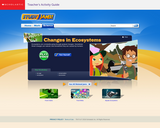
In this video, students learn that ecosystems are constantly going through gradual changes. Sometimes those changes are natural, and sometimes they are caused by humans.
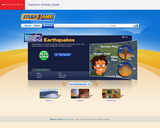
In this video, students learn that earthquakes are caused by geologic movement in the earth's crust. They occur in faults, or cracks, located on the Earth's surface.
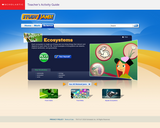
In this video, students learn each ecosystem is made up of living and non-living things that interact and depend on each other for life. Students learn about producers, consumers and decomposers.